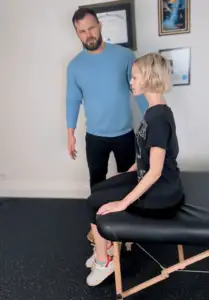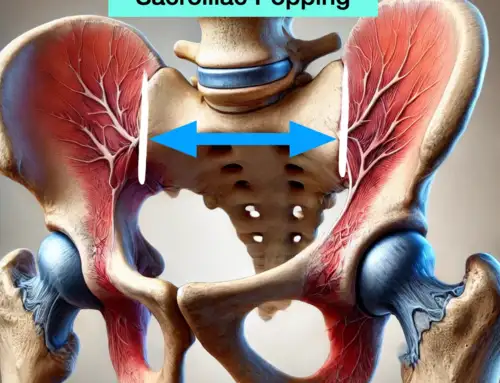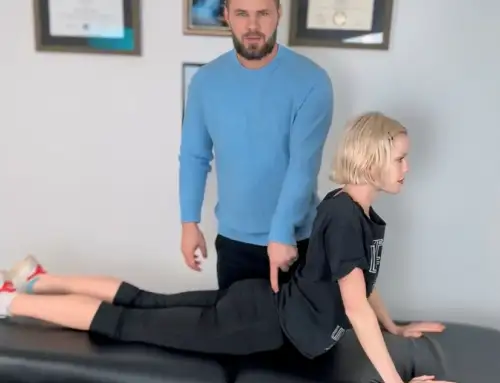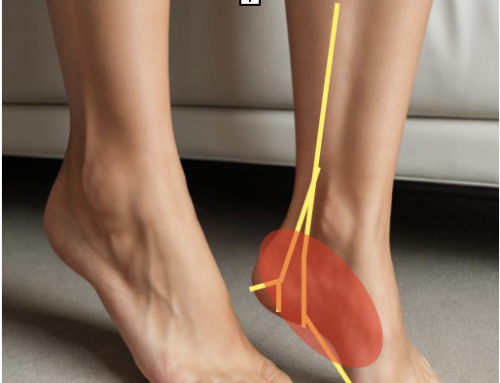Learn about Nerve Flossing Exercises for Sciatica Pain Relief

Nerve Pain Solutions: What is It For?
Flossing is commonly used jargon to describe the stretching exercises (mobilization) that create a gliding effect of a nerve relative to the surrounding structures such as muscles, bone, ligaments, or skin. Pertaining to scaitica, this exercise is designed to release and improve the mobility of the nerve as it exits the spine, travels under the piriformis, and travels within the hamstrings, lower leg, and eventually the foot.
This mobilization of the sciatic nerve relative to the tissues that surround it by creating tension specifically to the nerve or gliding through the tissues can reduce inflammation and compression, reducing pain.
These sorts of mobilization exercises can be used for any peripheral nerve in the body, including the shoulder, neck, knees, hips, and even the head, for headaches.
Step-by-Step- Treatment Help
The nervous system is a continuous and connected system that connects the brain to every part of your body. The spinal cord is the largest branch, with smaller and smaller branches supplying information to the brain about information related to touch, movement, and, most relevant to this discussion, pain. Visualize the trunk of a tree and its root system, which is essentially the same schematic of the nervous system.
To perform a nerve stretch, the procedure must include the entire spinal cord from the neck to the lower back and simultaneously leg movement to create as much motion as possible of the neural tube.
Step 1
In a seated position, slowly and simultanously flex (bend) your cervical spine, midback, and lumbar spine forward and straighten the painful leg until a gentle stretch is felt in the spine or leg. The first sensation of stretch is the stopping point; no pain should be felt.

Step 2
Return to the starting position by returning the knee to the resting position, and at the same time, you upright your spine to the initial position.

Step 3
Repeat fifteen repetitions and recheck symptoms such as pain, numbness, or radiating pain. If symptoms have improved, do 15 repetitions no more than 5 times daily.
Consult your doctor or health care professional before engaging in a new rehabilitation program.
Benefits of Incorporating Leg and Back Neural Glides into Your Daily Routine
- Pain Relief: Regular sciatic nerve flossing can significantly reduce sciatica’s sharp, shooting pain by easing nerve pressure.
- Enhanced Flexibility: Daily exercises improve your lower back, hips, and legs flexibility. This relieves immediate pain and helps prevent future irritation, boosting overall mobility.
- Boost Circulation: These movements enhance blood flow to affected areas, ensuring muscles and tissues around the sciatic nerve get vital nutrients for faster healing.
- Reduced Muscle Tension: Consistent practice releases tight muscles in your lower back and legs. Less muscle tension means less pressure on the sciatic nerve, aiding long-term pain management.
- Scar Tissue Prevention: Keeping the sciatic nerve moving prevents scar tissue buildup that can restrict mobility and worsen pain. Regular flossing is essential for maintaining healthy nerve function.
- Improved Posture: Daily exercises improve posture by correctly aligning your spine and pelvis. Good posture reduces the risk of strain and supports spinal health over time.
Precautions and Contraindications
Consult a Healthcare Professional
Consult a healthcare provider or physical therapist before beginning nerve flossing exercises. They will provide tailored advice and confirm the exercises are safe for you.
Avoid Overstretching
These techniques should be gentle—less is more! Move slowly and avoid pain during the exercises. Aggressive stretching can worsen symptoms.
Pain Levels
The exercises should ease discomfort gradually, not intensify it.
Post-Surgical Patients
If you’ve recently had spinal or lower back surgery, avoid these exercises unless cleared by your surgeon.
Existing Spinal Conditions
For severe spinal conditions like advanced disc herniation or stenosis, consult a professional before trying nerve flossing—it may not be suitable.
Acute Sciatica Flares
Hold off on nerve flossing during intense sciatica flares until the acute phase subsides. Rest and other pain management might be better at this time.
Pregnancy Considerations
Before starting these exercises during pregnancy, check with your healthcare provider. Pregnancy changes how your body moves, so you might need to make some safety adjustments.
Proper Technique
Mastering proper technique is critical to preventing injuries and irritation. A physical therapist can show you the appropriate form and guide your first sessions with expertise.
Red flags to look for:
- Strength loss
- Inability to go the bathroom
- Numbness in upper groin
Additional Tips and Exercises
Guard your lumbar spine by emphasizing hip-driven movements and removing forward bends that aggravate disc issues. Opt out of intense stretches for your lower back, hamstrings, and calves. Replace crunches with side planks for a safer, more effective core workout.
Reach out to Dr. Dean (sports doctor) in California by texting (best), calling 323-354-6077, or emailing at drjustindean@gmail.com
Our editorial practices include evidence-based practices, interventions, and recommendations.
References
Changes in Hamstring Range of Motion After Neurodynamic Sciatic Sliders





